|
|
| |
| Padma Perfumery Works Replenish your senses! |
| Rose Incense |
White Musk Incense |
Al Oudh Incense |
Sheik Al Arab Blue |
Jasmine Incense |
|
|
|
|
|
 |
 |
 |
 |
 |
|
|
|
Operculum
 Operculum is an anatomical part found in many sea and fresh water snails, which has long been used as an exquisite incense material. The operculum is connected to the posterior dorsal part of the foot and functions as a lid that seal the entrance of the shell when these soft beings retract. It serves as a protection against predation and also prevent these gastropods from dessication. Operculum of premiere quality smells like castoreum or other animal musks. It was widely used by the Jews, the Arabs and even the Chinese as incense materials since antiquity. The operculum of conch species Strombus tricornis and Lambis truncata sebae are most commonly used in regions near the Middle East. Operculum is an anatomical part found in many sea and fresh water snails, which has long been used as an exquisite incense material. The operculum is connected to the posterior dorsal part of the foot and functions as a lid that seal the entrance of the shell when these soft beings retract. It serves as a protection against predation and also prevent these gastropods from dessication. Operculum of premiere quality smells like castoreum or other animal musks. It was widely used by the Jews, the Arabs and even the Chinese as incense materials since antiquity. The operculum of conch species Strombus tricornis and Lambis truncata sebae are most commonly used in regions near the Middle East.
History and confusion with Onycha
And the Lord said to Moses, "Take to thee sweet spices, stacte, and onycha, and galbanum; these sweet spices with pure frankincense: of each shall there be a like weight" (Exodus 30:34)
Many scholars and researchers believe that the hitherto unknown incense material Onycha, which appears in the Old Testament book of Exodus is actually this fingernail-like operculum although nothing has yet been determined with certainty. Opperculum, along with equel parts of stacte, galbanum, and frankincense was mixed to prepare Ketoret, or the Holy Incense, which was never to be duplicated for non-sacred use.
 How was it processed? How was it processed?
Many documents from the middle ages quote that " Operculum was rubbed with an alkali solution prepared from the bitter vetch to remove impurities, it was then soaked in the fermented berry juice of the Caper shrub, or a strong white wine, in order to enhance its fragrance."
Traditionally, these fleshy membranes are washed with vinegar, alcohol and water to treat any unpleasant, fishy smell. The cleaned opercula are then ground to a powder and are burnt directly or employed as a scent fixative.
|
|
|


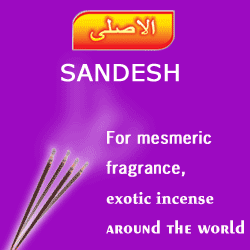

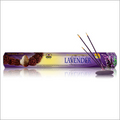
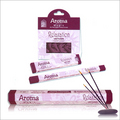
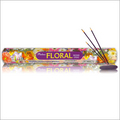
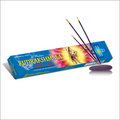
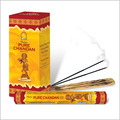
 Operculum is an anatomical part found in many sea and fresh water snails, which has long been used as an exquisite incense material. The operculum is connected to the posterior dorsal part of the foot and functions as a lid that seal the entrance of the shell when these soft beings retract. It serves as a protection against predation and also prevent these gastropods from dessication. Operculum of premiere quality smells like castoreum or other animal musks. It was widely used by the Jews, the Arabs and even the Chinese as incense materials since antiquity. The operculum of conch species Strombus tricornis and Lambis truncata sebae are most commonly used in regions near the Middle East.
Operculum is an anatomical part found in many sea and fresh water snails, which has long been used as an exquisite incense material. The operculum is connected to the posterior dorsal part of the foot and functions as a lid that seal the entrance of the shell when these soft beings retract. It serves as a protection against predation and also prevent these gastropods from dessication. Operculum of premiere quality smells like castoreum or other animal musks. It was widely used by the Jews, the Arabs and even the Chinese as incense materials since antiquity. The operculum of conch species Strombus tricornis and Lambis truncata sebae are most commonly used in regions near the Middle East.  How was it processed?
How was it processed? 